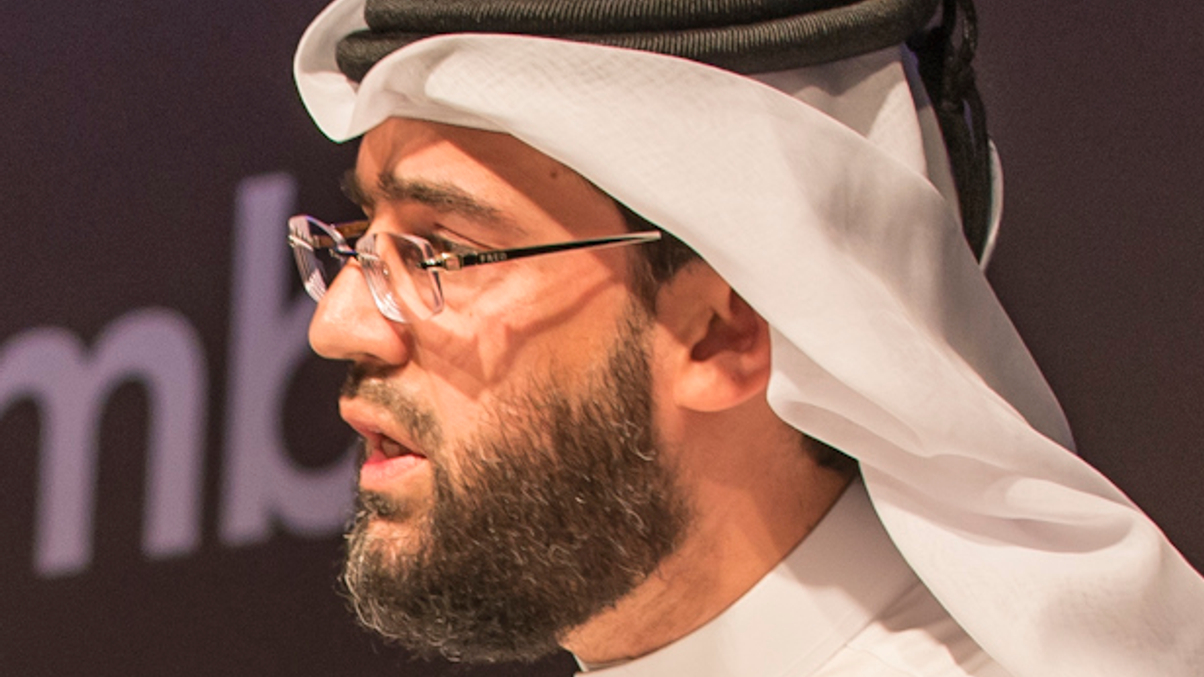Foreign investors still shunning Middle East
Even relative safe havens such as the GCC countries have suffered from turbulence in the wider Middle East and North Africa, despite the region’s potential.

With parts of the Middle East and North Africa (Mena) reeling from the after-effects of the Arab Spring, optimism that substantial foreign investment is set to flood in anytime soon looks misplaced, agree regional veterans.
Sign in to read on!
Registered users get 2 free articles in 30 days.
Subscribers have full unlimited access to AsianInvestor
Not signed up? New users get 2 free articles per month, plus a 7-day unlimited free trial.
¬ Haymarket Media Limited. All rights reserved.


